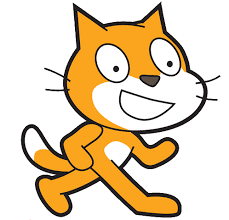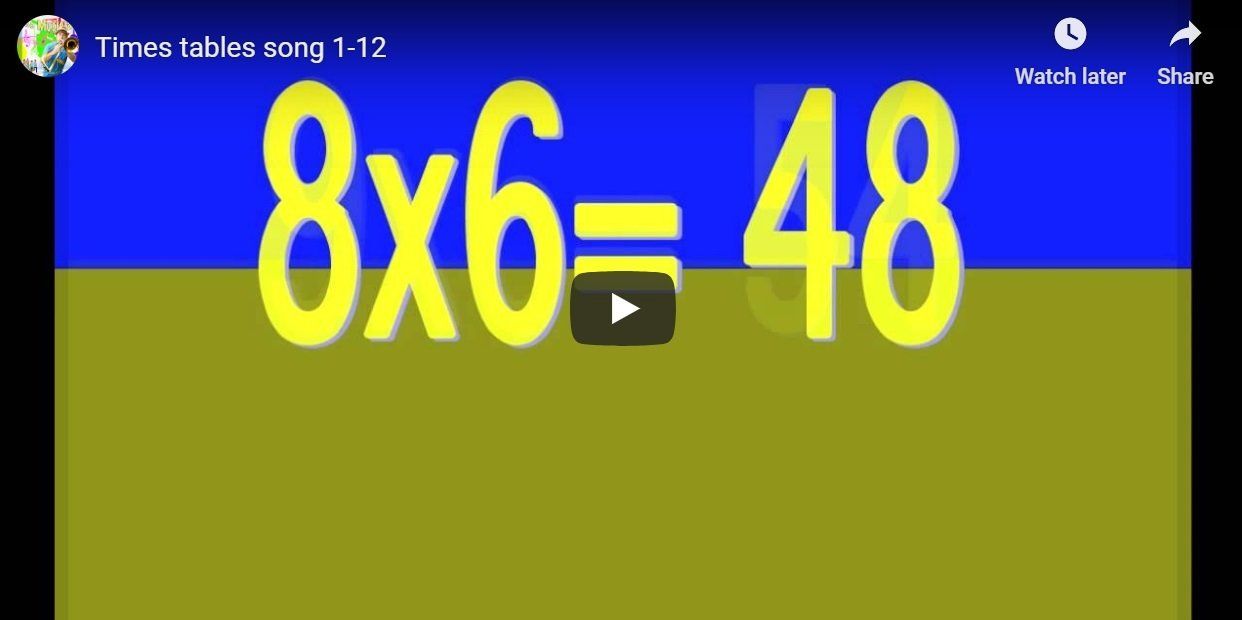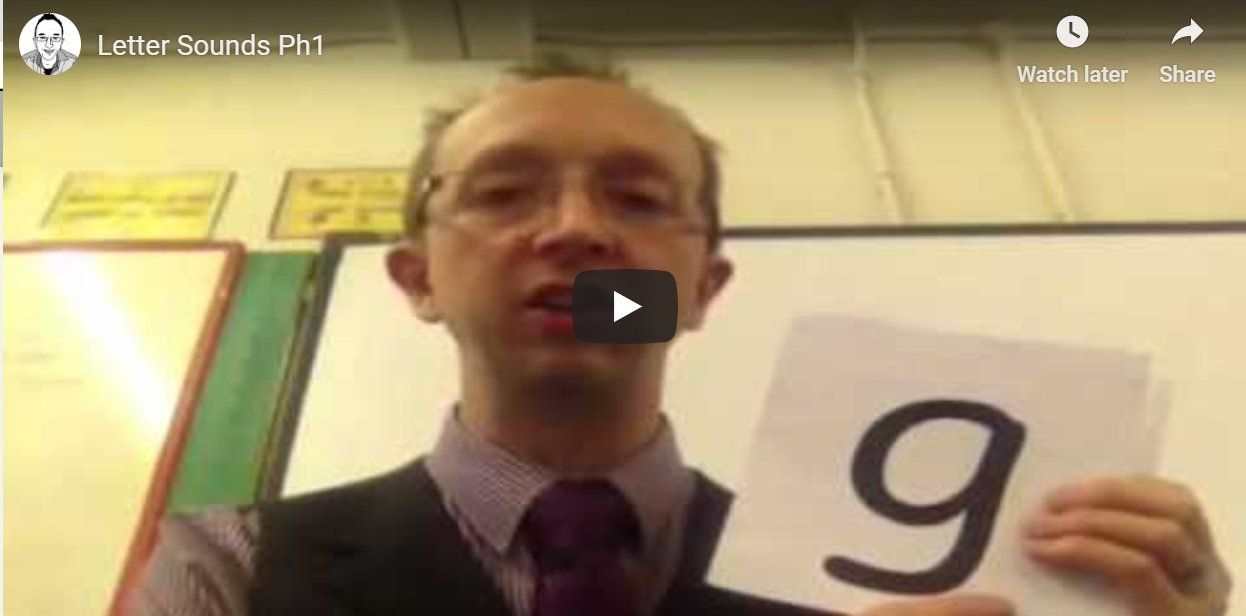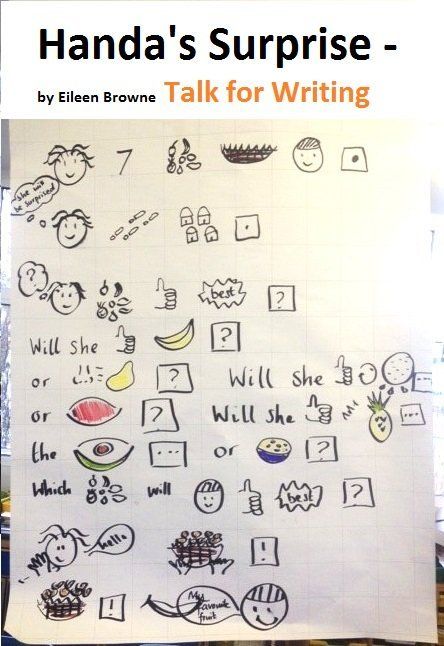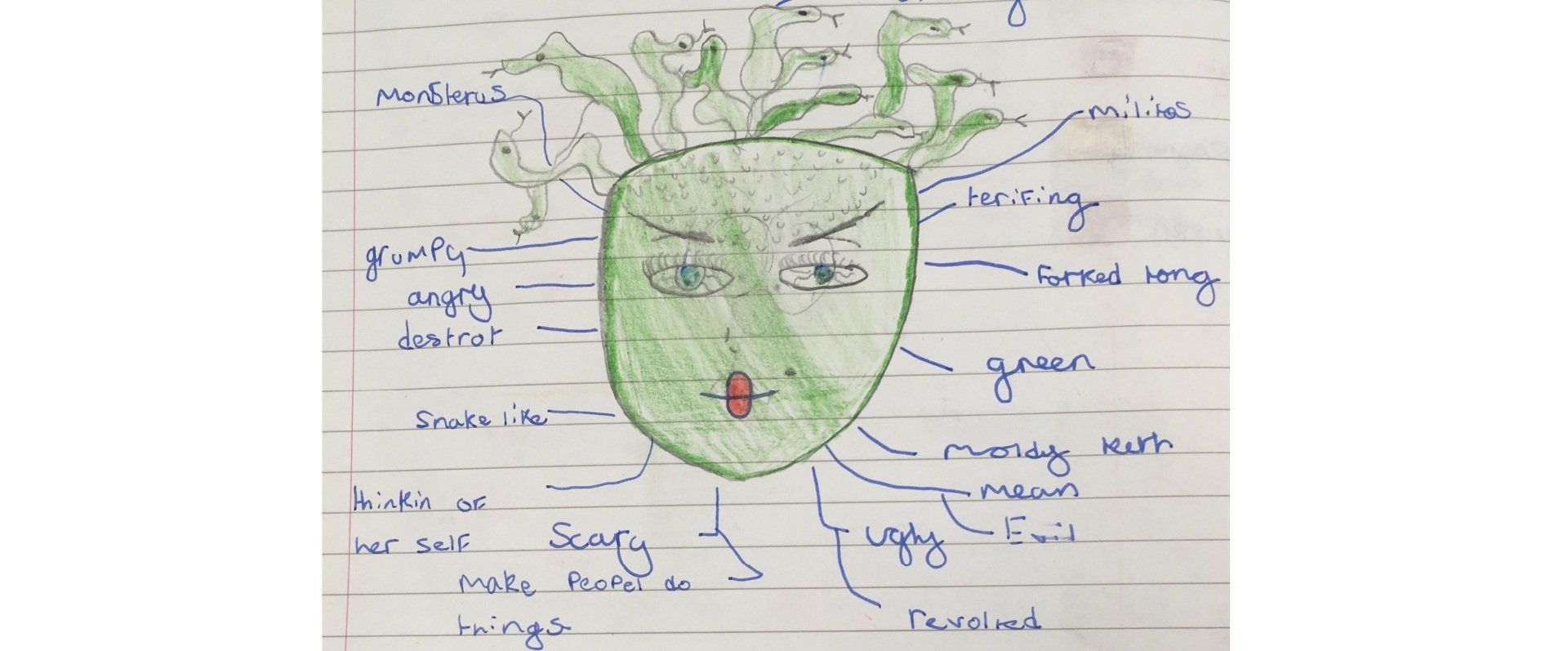We are software developers - Lesson 2
- by James Lewis
- •
- 18 Sept, 2017
Lesson Learning Objectives:
- To copy an educational computer game example using selection and repetition.
- To understand and use variables.
- To start debugging computer programmes.
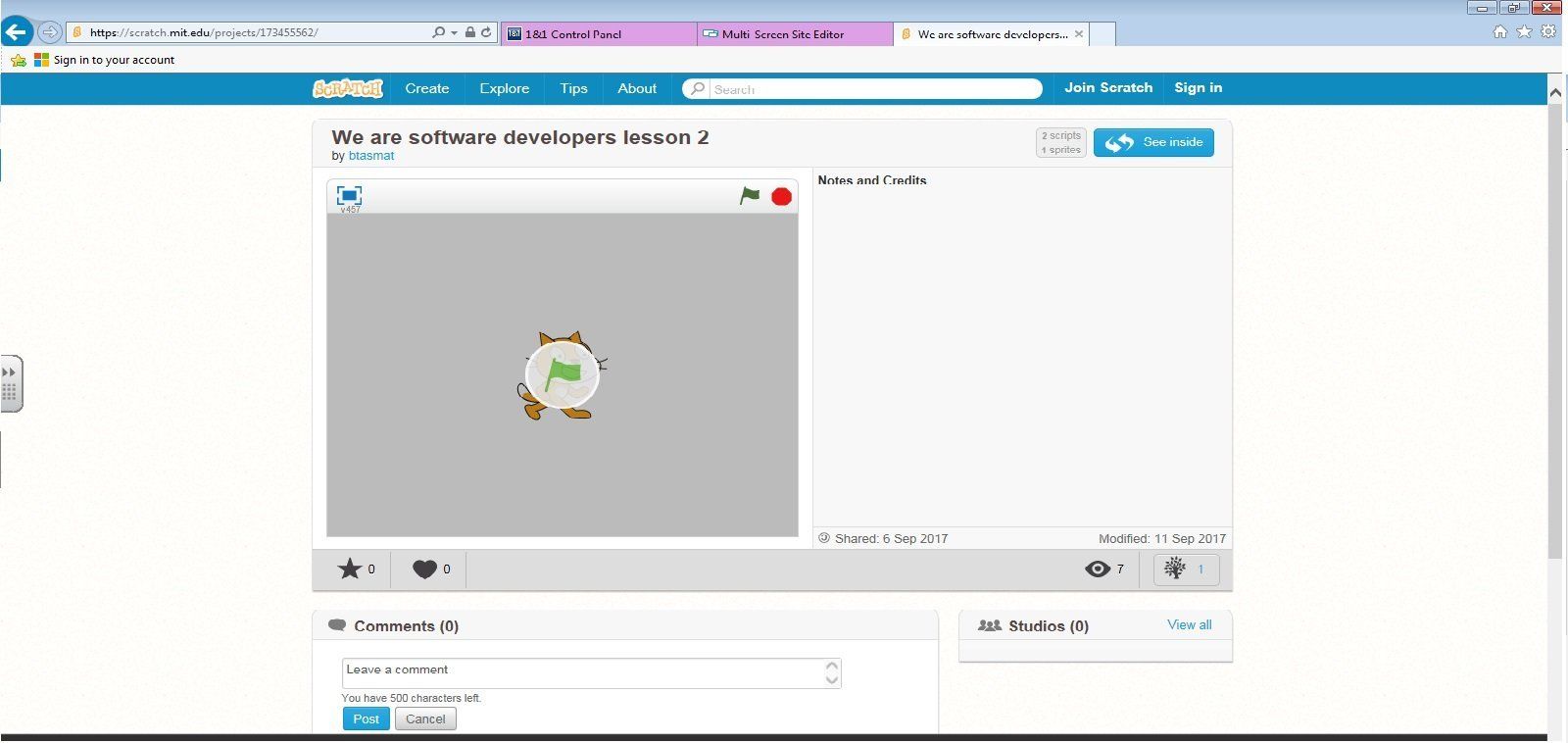
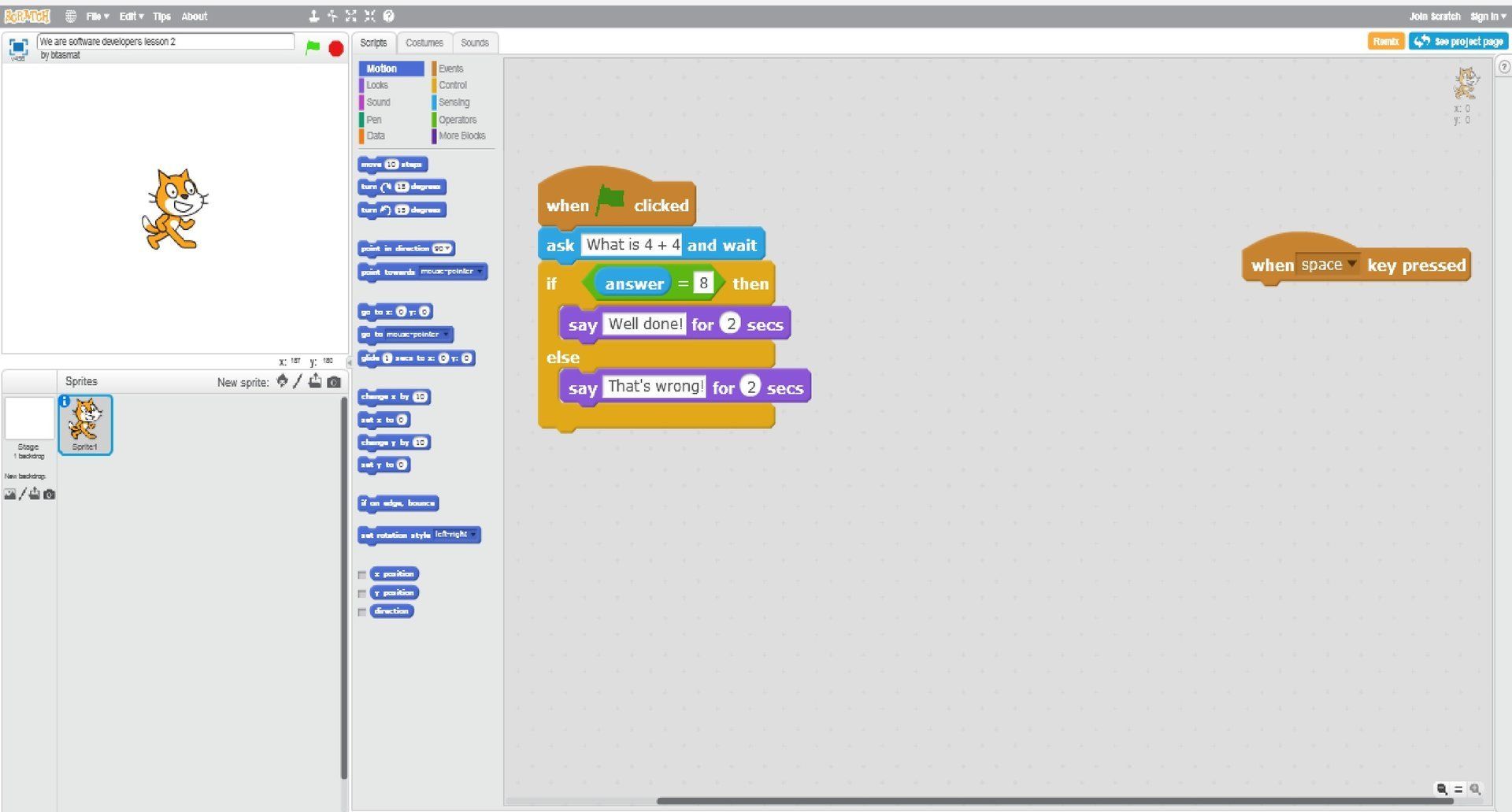
All children should be able to:
| Put Scratch blocks into the right order for game to work. |
| Use the if/then/else block correctly |
| Use the keyboard for input and the screen for output. Complete self assessment and print-screen image. Most children will be able to: |
| Use ASK block correctly |
| Use WHEN block correctly |
| Use SAY block correctly |
| Complete self-assessment and print-screen image Some children will be able to do Explain how the algorithm that underlies their game works |
| Use logical reasoning to detect and correct bugs in their games |
Show the example game to the children again and remind about the purpose of games.
Explain again how to find the code and explain what it does and how to find it.
Show LO to children. What is an educational game? Discuss.
Show Example:
https://scratch.mit.edu/projects/173455562/
What input keys could you use?
Introduce digital self-assessment related to success criteria of learning objectives
Talk through the word bank:
Key Words
motion
looks
pen
control – events
sensing
operators
variables – data
scripts
Sequence – order of the code written
Selection – the programme will respond differently depending upon the correct/incorrect answer selected
Repetition – the programme will ask several questions
Variables – the scripts will keep track of the score/attempts/questions.
Algorithm – step by step guide/instructions to solve a problem.
Input – data supplied to the computer using a mouse/keyboard.
Output – Information produced by the computer on the screen or through the speakers.
Program – A set of instruction code understood by the computer to create an outcome.
